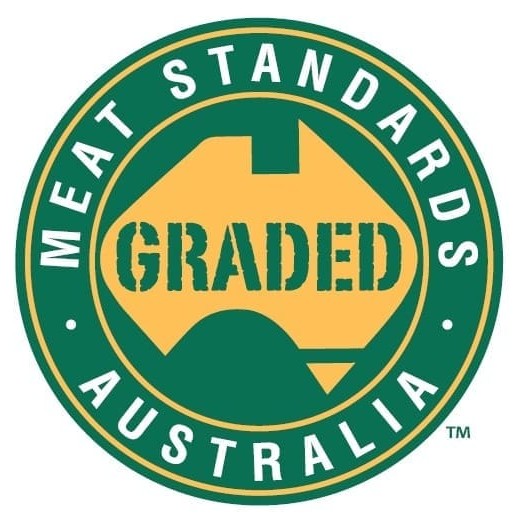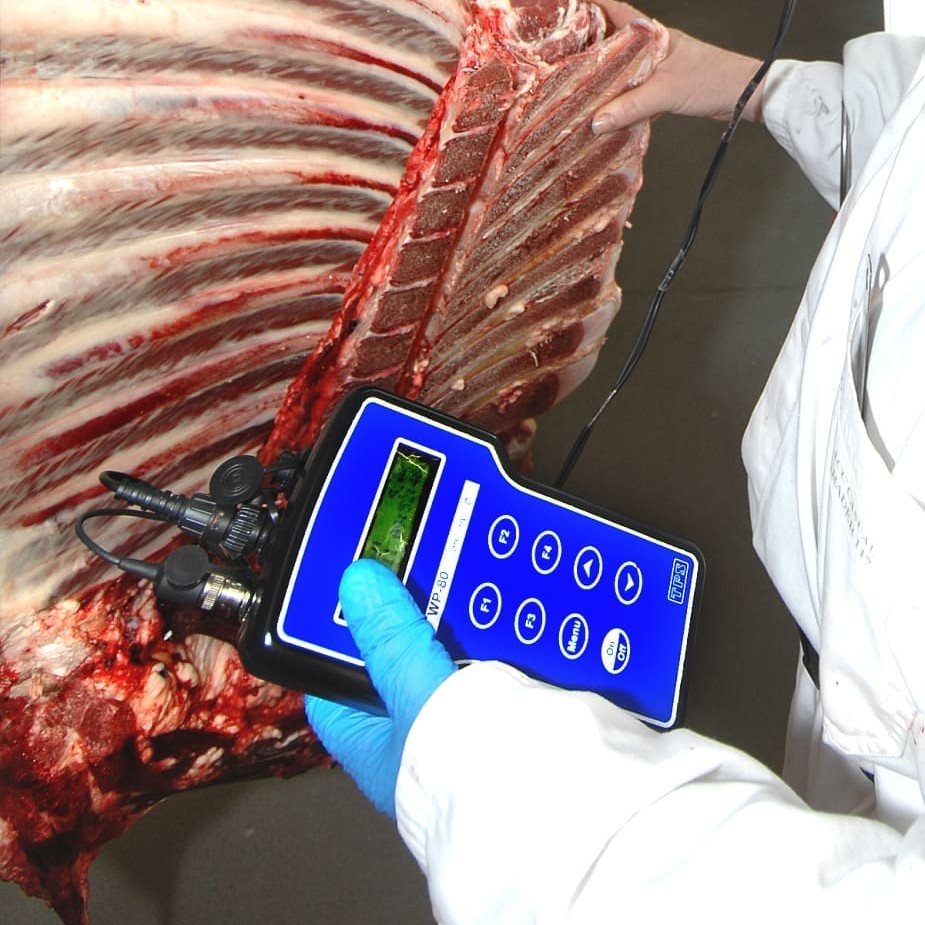 THE Meat Standards Australia program has taken one of its biggest steps forward in a decade, following endorsement of an ‘optimisation’ model that includes a host of performance advantages for processors wishing to implement the system.
THE Meat Standards Australia program has taken one of its biggest steps forward in a decade, following endorsement of an ‘optimisation’ model that includes a host of performance advantages for processors wishing to implement the system.
The new Optimisation model was endorsed by the MSA steering committee at a meeting in Brisbane on Wednesday, and will be rolled-out progressively over the next 12-18 months.
The concept has been under trial since December through 23 MSA processors across southern and northern Australia, allowing MSA stakeholders to ‘have a look’ at what the Optimisation model might do for their cut selection and grading performance.
MSA Optimisation will allow those MSA processors who choose to adopt it, to use a much more efficient carcase sorting tool.
A range of supply chain benefits have been identified, which are the main drivers for MSA’s adoption of the new concept:
- Trails have clearly demonstrated an increase in the number of MSA cuts that can be harvested from a typical carcase, compared with the current standardised boning groups model. In the case of northern NSW and Queensland plant trials since December, pooled results suggest processors were able to harvest at least one extra MSA-eligible cut from each carcase. For a processor setting a boning group 6 maximum on a branded product, for example, the current model might mean that the topside roast might not currently be eligible. But it is often not the topside roast result itself that is knocking it out under the current model, but some other cut that the processor in fact has no intention of packing under MSA. By allowing that processor to tailor their carcase sorting tool under the optimisation model, the boning-run can allow them to pull out an MSA 3-star topside roast at five-days aging, which they may not have been able to do under the existing platform.
- Another big benefit is the increase in the number of 4 and 5-star cuts available for harvest. For the same reason as above, the cut-by-cook combinations not meeting 4 or 5-star under the current standardised boning group can often be ‘knocked out’ by another cut-by-cook combination that is of no relevance to the processor involved. Northern NSW and Qld plant optimisation trails showed an exciting 18pc increase in the number of 4 and 5-star MSA cuts available for harvest, because of the removal of the ‘lowest common denominator’ factor. Progress like that will be of significant value to MSA-backed brand owners and those wishing to further differentiate their product based on a higher level of eating quality.
- Lastly, the optimisation model trial has exposed potential for reductions in days-of-aging, which has a considerable commercial value to a brand owner with product sitting in cold storage waiting to reach its MSA aging requirement. Inventory held in stock any longer than necessary is a considerable cost to MSA processors and brand managers. Again, the existing standardised boning group sorting model has always worked on the ‘lowest common denominator’ principle with regard to aging. Under recent trials, four cuts were shown to need between seven and 16 days less, in aging requirement, compared with the existing system.
All this means the optimisation tool will sort the typical MSA carcase in a more effective manner. Carcases that previously would have had their value minimised by the current standardised boning groups will have the ability to have more MSA cuts harvested from them; more 4 and 5-star cuts; and a reduced aging requirement.
“It’s all about creating the opportunity for extracting more value out of each animal, or reducing costs in the supply chain,” MSA steering committee chairman Scott Hansen said.
“That’s why we’re pretty existed about it and why the plants we have been working with in the trial phase are excited also. This is a very significant step in MSA’s evolution,” he said.
Those processors wishing to continue with the use of the current boning groups as a way of describing product will be able to continue to do so, but for others, the optimisation model presents a number of exciting and potentially valuable advances over the existing MSA system.
“The new model is flexible enough for processor-users to select how they want their MSA carcases sorted,” Mr Hansen said.
Those who want to use the existing carcase sorting tool will be able to have the new model adapted to enable them to do that.
“All MSA-eligible cattle will continue to be graded in the same way that they have up to now – using the 136 cut-by-cook combinations calculated. What the optimisation model is really about is how the carcase is then sorted, for the boning process,” Mr Hansen said.
 So what’s in it for the producer, if processors are getting more cuts into the MSA system than they did previously; more 4 and 5-Star cuts than previously; and less aging time for processors?
So what’s in it for the producer, if processors are getting more cuts into the MSA system than they did previously; more 4 and 5-Star cuts than previously; and less aging time for processors?
“The current standardised boning groups have worked well for the last 14 years, but what the optimisation model allows the user to do is analyse which cuts by which cooking methods and what level of eating quality a processor requires, and then sorts the MSA eligible carcases into boning runs that maximise the harvest of those cuts.”
Under the current system, the ‘lowest common denominator’ system that applies, means boning groups 1-18 are allocated by calculating the 136 cut-by-cook combinations – regardless of whether the processor requires all those combinations.
That means a cut-by-cook combination that the processor does not in fact use as an MSA item, can downgrade a carcase to a lower boning group, when there is in fact no intention to sell that item as MSA.
The productivity advantages identified on the optimisation model were achievable without sacrificing any of the MSA program’s integrity or customer satisfaction, Mr Hansen said.
“It’s not about cutting corners or weakening the assurances given by MSA to customers. It’s about focussing more on those customer requirements, by allowing the processor or brand owner to say, these are the cuts, by this cooking method, by this eating quality level I want to achieve: I’m not worried about some of the others, and therefore I want to sort my carcases to get maximum harvest of that combination.”
He said there were a number of MSA processors that were ‘keen to go now’ under the new model. A pilot phase would be used to ensure the implementation system was properly bedded-down smoothly and accurately, before full implementation across the MSA industry by July 2014, and full adoption by December next year.
Mr Hansen said a producer currently sending their MSA cattle for slaughter under the existing model would see no change in terms of compliance under the new model. But once that carcase was graded, the important part was how the processor sorted those carcases into boning room runs, using the optimisation model.
Will those advantages outlined above be translated into higher MSA cattle premiums for producers? It’s way too early to tell, but if MSA processors themselves can extract greater value out of a given MSA carcase, the prospect at least exists for that to happen, in Beef Central’s opinion.
- See this morning’s second story on major outcomes from Wednesday’s MSA steering committee meeting, “MSA transport model adjustment to 48 hours expands cattle catchment area.”
